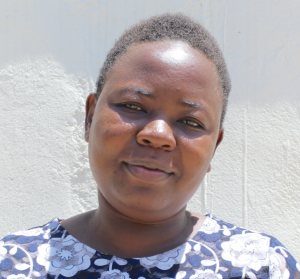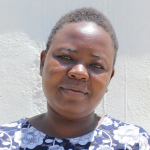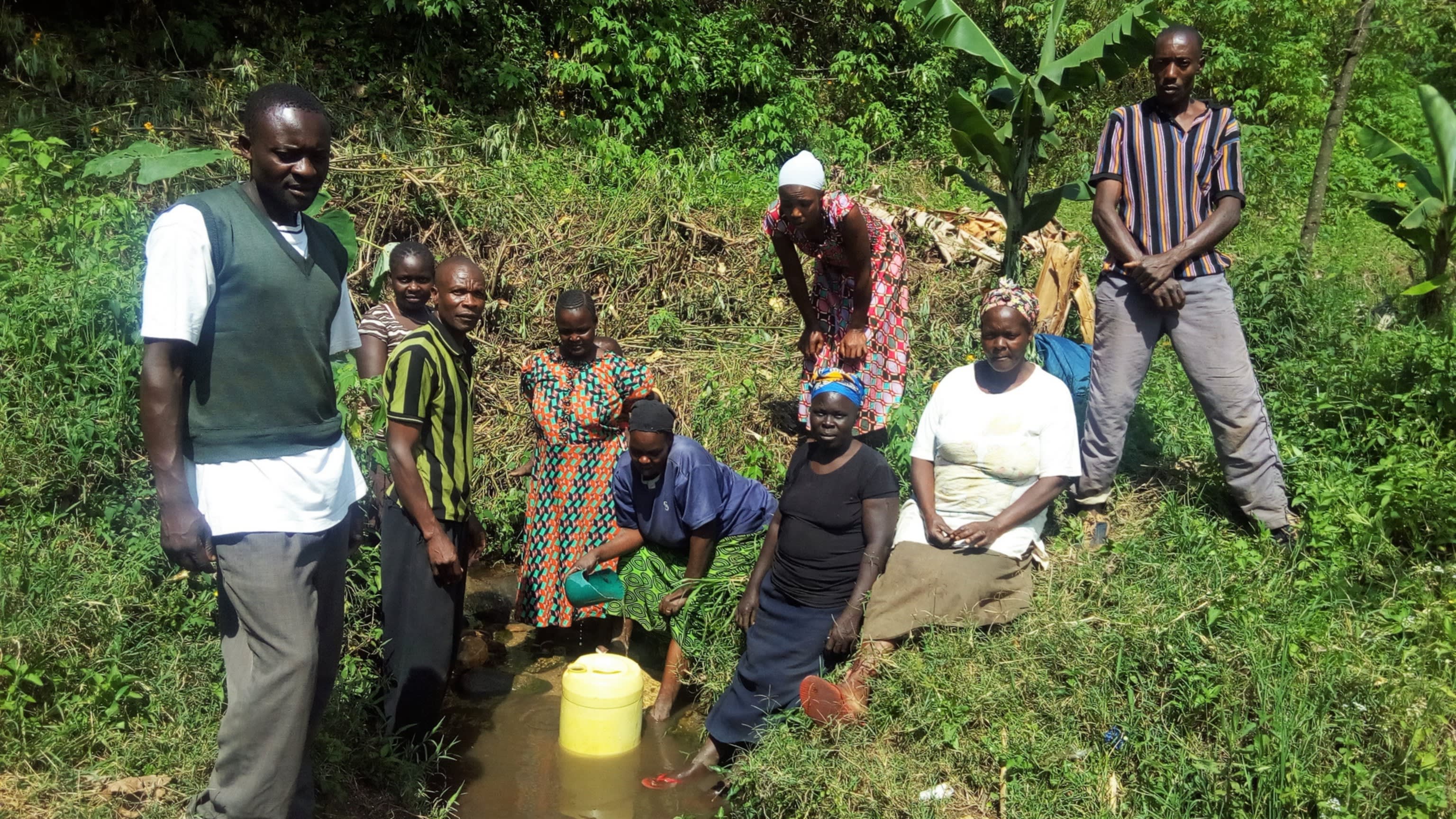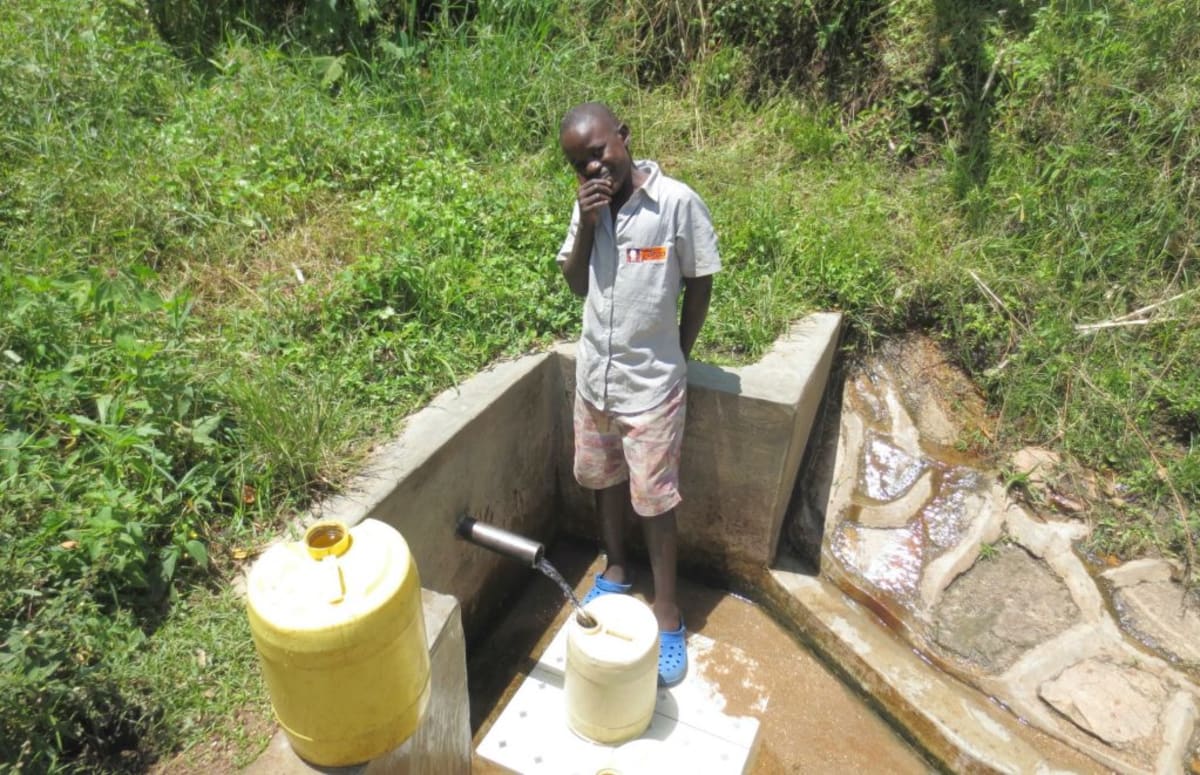The community of Emasera neighbors Murumba Community, where we protected Shololwa Spring. The members admired the fine work done and the clean water they now drink. So, they requested protection for their own water source, Visenda Spring (formerly mislabeled as Murumba Spring in Masera community).
A normal day begins at 5am. The wife of the house prepares the children to go to school. The adults then proceed to the farm where they spend most of the day either planting, weeding or harvesting - depending on the season of the year.
The majority of these people are small-scale farmers who plant maize and other subsistence crops like sweet potatoes. Very little is sold.
Young men in the area roam around the village hoping to get someone to hire them for manual labor. There are few jobs due to the low levels of education and lack of proper income-generating projects.
The community members are united despite a high rate of unemployment and low literacy levels in the village. This was evident in the way we were welcomed while conducting the baseline survey.
Water
This unprotected spring is located in Emasera Village of Kakamega County and serves more than 30 households.
The spring beneficiaries use the water for drinking, various domestic needs, and irrigating their farms. They have mustered a standing stone and a rod to step on as they fetch water so that they do not step into the water as they scoop it up. Water is collected using a cup or bowl which is poured out into the larger jerrycans.

The water is used almost immediately after collection. It is usually fetched when the need arises. The remaining water is stored in the jerrycans - often without covers.
This spring is unprotected and thus contaminated in various ways. Farming activities, for example, are done very close to the water catchment area.
Sugarcane, the main cash crop in the area, is planted close to the water spring. The various chemicals fertilizers and pesticides sprayed in the farm wash into the spring water when it rains.
This results in a high level of contamination. The community members cited many cases of stomachaches and the outbreak of waterborne diseases. Waterborne diseases like typhoid and diarrhea are rampant within this community.
Many people continue washing their clothes, watering their animals, and bathing in the spring due to the general lack of awareness of water pollution. This results in further water contamination.
Sanitation
Less than half of households in the community have latrines. The few that exist are in a poor state with mud walls full of cracks and floors that appear too dirty to enter. As a result, open defecation is an issue in the community.
The presence of dish racks, bathrooms, and few clotheslines symbolize the willingness of the community to do improve their sanitation and hygiene.

The majority of people dispose of their garbage by decomposing it in their farms. They believe produces a very effective kind of manure. On the other hand, they burn the plastic and paper.
Here’s what we’re going to do about it:
Training
Community members will attend hygiene and sanitation training for at least two days. This training will ensure participants have the knowledge they need about healthy practices and their importance. The facilitator plans to use PHAST (Participatory Hygiene and Sanitation Transformation), CLTS (Community-Led Total Sanitation), ABCD (Asset-Based Community Development), group discussions, handouts, and demonstrations at the spring. One of the most important topics we plan to cover is the handling, storage, and treatment of water. Having a clean water source will be extremely helpful, but it is useless if water gets contaminated by the time it’s consumed. Hand-washing will also be a big topic.
Training will also result in the formation of a committee that will oversee operations and maintenance at the spring. They will enforce proper behavior around the spring and delegate tasks that will help preserve the site, such as building a fence and digging proper drainage. The fence will keep out destructive animals, and the drainage will keep the area’s mosquito population at a minimum.
Sanitation Platforms
On the final day of training, participants will select five families that should benefit from new latrine floors.
Training will also inform the community and selected families on what they need to contribute to make this project a success. They must mobilize locally available materials, such as bricks, clean sand, hardcore, and ballast. The five families chosen for sanitation platforms must prepare by sinking a pit for the sanitation platforms to be placed over. All community members must work together to make sure that accommodations and food are always provided for the work teams.
Spring Protection
Protecting the spring will ensure that the water is safe, adequate and secure. Construction will keep surface runoff and other contaminants out of the water. With the community’s high involvement in the process, there should be a good sense of responsibility and ownership for the new clean water source.
Fetching water is predominantly a female role, done by both women and young girls. Protecting the spring and offering training and support will, therefore, help empower the female members of the community by giving them more time and efforts to engage and invest in income-generating activities.

 Protected Spring
Protected Spring
 Rehabilitation Project
Rehabilitation Project





































